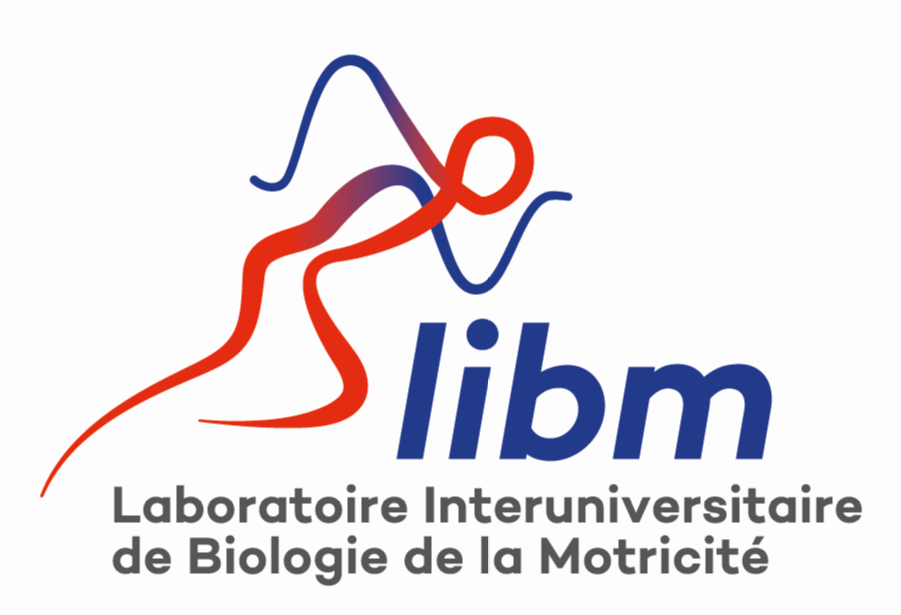Distinct and additive effects of visual and vibratory feedback for motor rehabilitation: an EEG study in healthy subjects
Résumé
Introduction
The use of visual and proprioceptive feedback is a key property of motor rehabilitation techniques. This feedback can be used alone, for example, for vision in mirror or video therapy, for proprioception in focal tendon vibration therapy, or in combination, for example, in robot-assisted training. This Electroencephalographic (EEG) study in healthy subjects explored the distinct neurophysiological impact of adding visual (video therapy), proprioceptive (focal tendinous vibration), or combined feedback (video therapy and focal tendinous vibration) to a motor imagery task.
Methods
Sixteen healthy volunteers performed 20 mental imagery (MI) tasks involving right wrist extension and flexion under four conditions: MI alone (IA), MI + video feedback observation (IO), MI + vibratory feedback (IV), and MI + observation + vibratory feedback (IOV). Brain activity was monitored with EEG, and time-frequency neurophysiological markers of movement were computed. The emotions of the patients were also measured during the task.
Results
In the alpha band, we observed bilateral ERD in the visual feedback conditions (IO, IOV). In the beta band, the ERD was bilateral in the IA, IV and IOV but more lateralized in the IV and IOV. After movement, we observed strong ERS in the IO and IOV but not in the IA or IV. Embodiment was stronger in conditions with vibratory feedback (IOV > IV > IA and IO) Conclusion Conditions with visual feedback (IO, IOV) recruit the mirror neurons system (alpha ERD) and provide more accurate feedback of the task than IA and IV, which triggers motor validation pathways (beta rebound analysis). Vibratory feedback enhances the recruitment of the left sensorimotor areas, with a synergistic effect in the IOV (beta ERD analysis), thus maximizing embodiment. Visual and vibratory feedback recruits the sensorimotor cortex during motor imagery in different ways and can be combined to maximize the benefits of both techniques
Trial registration https://clinicaltrials.gov/study/NCT04449328.
Domaines
Sciences du Vivant [q-bio]| Origine | Publication financée par une institution |
|---|---|
| licence |




